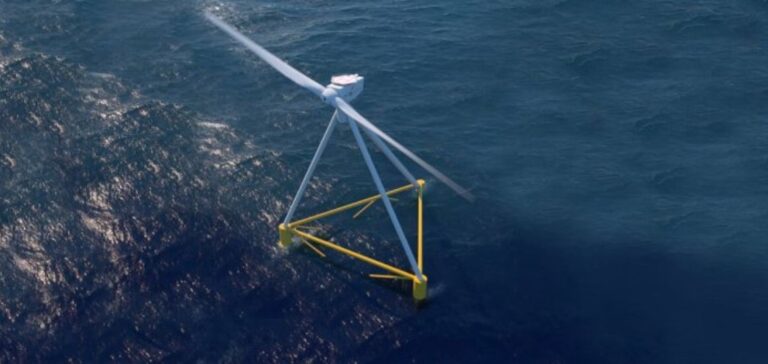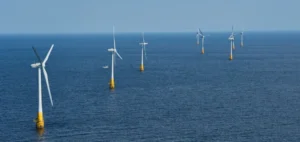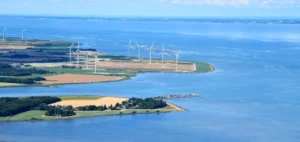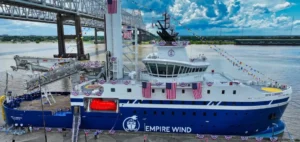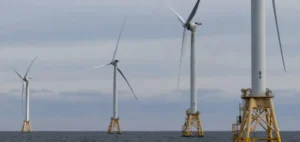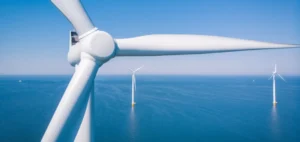Technip Energies, in collaboration with Gustave Eiffel University, Valeco and the OPEN-C Foundation, is leading the PAREF project, a research and development program designed to accelerate the industrialization of floating offshore wind turbines. This project, financed by the French government as part of the France 2030 plan operated by the French Agency for Ecological Transition (ADEME), aims to design, manufacture and test reusable anchoring systems and connectors for a voltage line system.
PAREF will supply the anchoring systems for the NextFloat project. In 2022, Technip Energies, X1 Wind and a consortium of 10 international entities have been selected by the European Commission for this project. NextFloat incorporates X1 Wind’s innovative technology, including a lighter float and a compact anchoring system. The 6 MW prototype will be tested in the Mediterranean to validate its performance under real-life conditions.
Cost optimization and scaling up
The PAREF project is crucial to creating competitive and sustainable solutions for floating offshore wind turbines, adapted to deep waters. This initiative aims to significantly reduce costs and accelerate industrial deployment. The NextFloat project will test the PAREF foundation system over a period of at least two years, providing essential data for successful scale-up.
Jacques Vendé, Project Manager at Technip Energies, said: “We are delighted to contribute to France’s ambition for cutting-edge technologies as part of the France 2030 plan. This project offers a significant opportunity to advance the development of sustainable energy solutions.”
Partnerships and prospects
Christelle Abadie from Gustave Eiffel University stressed the importance of their expertise in testing and analysis to optimize anchor design for floating wind turbines. The partnership with Technip Energies and Open-C will facilitate a crucial knowledge transfer for the sector.
Pauline Bertrand, Director of Valeco’s Offshore Division, added that their participation in the PAREF project would enable them to improve their understanding of marine ecosystems and test complex artificial reefs, aligning their objectives with those of the other partners.
Bertrand Alessandrini, Managing Director of the OPEN-C Foundation, emphasized the need for collaborative innovation to meet French and European marine renewable energy targets.
The PAREF project represents a promising step forward for floating offshore wind power in France, integrating technological and industrial innovations. The collaboration between Technip Energies, Gustave Eiffel University, Valeco and the OPEN-C Foundation highlights the importance of partnerships in achieving the ambitious goals of decarbonization and energy transition. The success of this project could position France as a world leader in marine renewable energies.


